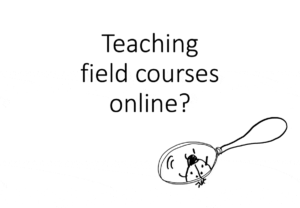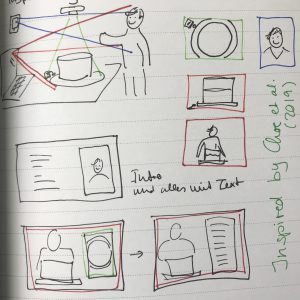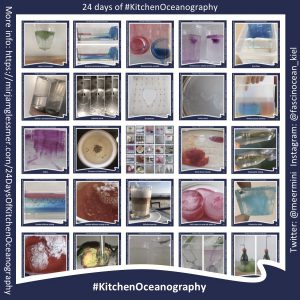
An overview over what we know about what works in university teaching (based on Schneider & Preckel, 2017)
I’ve been leading a lot of workshops and doing consulting on university teaching lately, and one request that comes up over and over again is “just tell me what works!”.…


